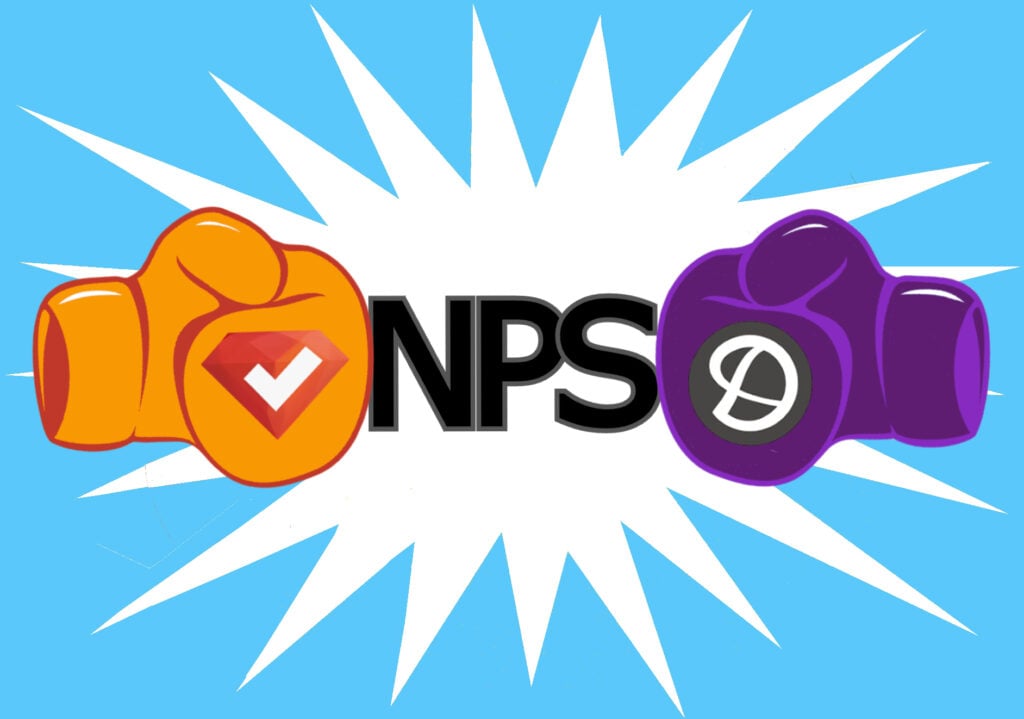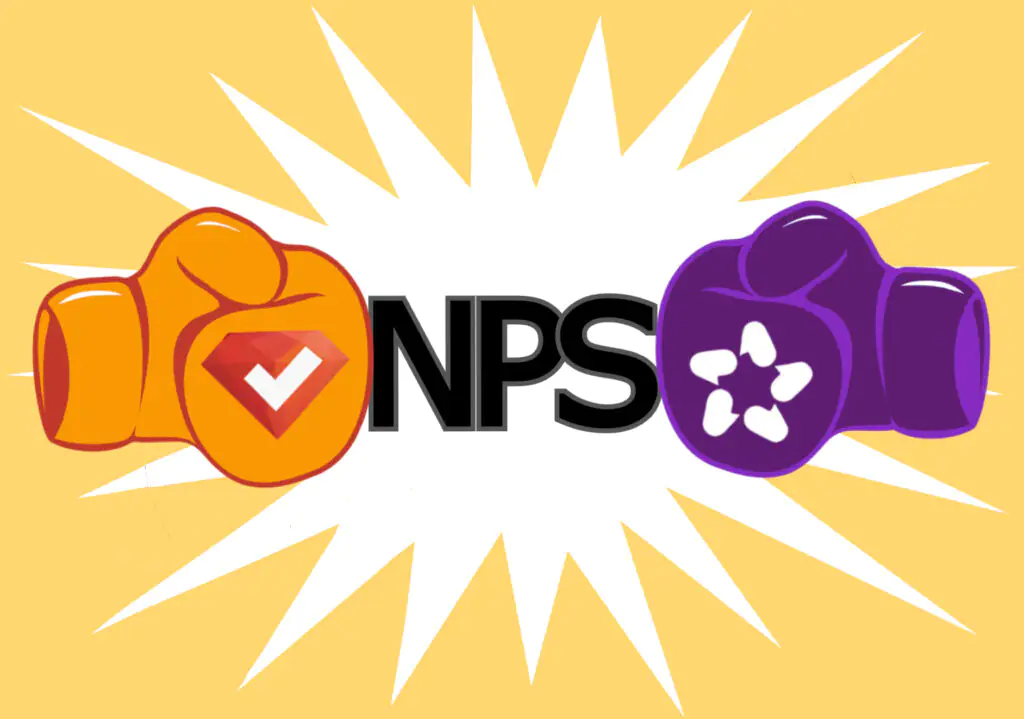“Statistics are the triumph of the quantitative method,” wrote 20th century Franco-English writer and historian Hilaire Belloc. Today, acquiring quantitative data is easier than ever using online surveys, a tool that Belloc would likely have found very useful. In this blog, we’ll look at how to create a proper quantitative survey and how to understand collected data.
Create Your FREE Quantitative Survey Now!
What is Quantitative Data?
Quantitative data involves measurable variables. It is information that is expressed using numbers and analyzed using statistical methods, contrasting with qualitative data, which deals with non-numerical information.
Here are the key characteristics of quantitative data:
Numerical Values
Quantitative data consists of numbers that represent quantities or amounts. These values can be integers or decimals.
Objective and Replicable
Quantitative data is often objective and can be independently verified or replicated. Different researchers should obtain similar results when measuring the same variables.
Measurable and Standardized Units
Quantitative data is measured using standardized units. For example, weight is measured in pounds or kilograms, time in seconds or minutes, and temperature in Celsius or Fahrenheit.
Statistical Analysis
Quantitative data allows for statistical analysis, including measures of central tendency (mean, median, mode), dispersion (range, variance, standard deviation), and correlation.
Structured and Formalized
Data collection for quantitative research is typically structured and follows a predefined plan. Surveys, experiments, and observations with pre-defined metrics are common methods for collecting quantitative data.
Creating a Proper Quantitative Survey
To create a proper quantitative survey, you’ll want to pay close attention to various factors to ensure the collection of accurate and useful data. By following the quantitative survey best practices below, you can help ensure you have an effective and meaningful survey.
1. Define Your Objectives
The first step in quantitative surveying is to clearly outline the purpose of your survey. You’ll want to identify the specific information you want to gather and decide how the results will be used to inform your decision-making.
2. Define Your Target Audience
Next, you will need to identify the group of people who will participate in your survey. Carefully consider demographics such as age, gender, location, and other relevant characteristics. Read more about survey demographics.
3. Choose Your Survey Methodology
How will you conduct your survey? Through face-to-face interviews, via telephone or mail, or through an online survey? You might also decide to use a combination of methods. Either way, you’ll want to consider the advantages and limitations of each method. We’ve outlined 10 different types of survey methods and their pros and cons here.
4. Create Clear and Concise Questions
Now it’s time to create your questions. Remember to use clear and straightforward language, and keep each question specific and focused on one topic. Try to avoid leading questions that could result in survey bias (read more about leading questions with examples here). Because this is a quantitative survey, all types of survey questions should be close-ended (for example, multiple choice or opinion scale questions). It’s also a good practice to randomize the order of questions or response options to reduce order bias.
5. Consider Using Skip Logic
Some questions may not be relevant to some participants based on how they answered previous questions. For example, if you asked someone how many hours they watch television per day and the answer was zero, you don’t want to follow-up with a question on which programs they watch. Skip logic, as the name applies, skips questions that don’t apply, ensuring participants only answer questions that apply to them.
6. Keep Survey Length Reasonable:
Try to keep your survey as short as possible while still asking all the questions you seek answers to. Avoid repetitive questions that add little value (but do add to the length of the survey). Surveys that are too long can cause survey fatigue, resulting in high dropoff rates and unusable data.
7. Create Clear Instructions
You want your survey instructions to be just as clear as your questions. Make sure you explain the purpose of the survey to participants, how the data collected will be used, and address any privacy concerns (anonymity, etc). This can all be accomplished using a survey welcome page. We highlight 10 benefits of a survey welcome page here.
8. Pretest Your Survey
Before you present your survey to the masses, try testing it with a small group of participants. They can help you to address any issues with wording, question order, response options, and so on. Fixing these issues early will result in better survey results when you conduct the actual survey.
9. Distribute and Collect Responses
At last, it’s time to distribute your survey! Using the selected methodology, conduct the survey and monitor response rates.
10. Analyze and Interpret Data
Once you’ve collected the responses, use statistical analysis tools to interpret the data. Identify patterns, trends, and correlations. Then, report your findings to interested parties. Summarize these findings in a clear and concise report and provide recommendations based on the results.
By following these steps, you can create a proper quantitative survey that effectively gathers reliable and meaningful data from your target audience.
Create Your FREE Quantitative Survey Now!
Quantitative Survey Example
Here’s a look at a quantitative survey created using SurveyLegend. You’ll see the survey uses quantitative questions (but introduces variety with multiple choice, scale, and emoji questions) and the questions are clear and concise, with no overlap between options. When the survey has been completed by participants, SurveyLegend provides robust analytics making reporting a breeze.

Conclusion
Unlike a qualitative survey, which uses a lot of open-ended questions to collect opinions, perceptions, and in-depth insights, quantitative surveys are designed to gather numerical data or responses that can be analyzed statistically. To create a proper quantitative survey, follow the steps included in this blog and use SurveyLegend to build and distribute your survey. Our platform is user-friendly to achieve high response rates, and our analytics are second-to-none. Start today for free!
Do you use quantitative surveys? Do you achieve the desired results? How could SurveyLegend improve your surveying? Let us know if the comments!
Create Your FREE Quantitative Survey Now!
Frequently Asked Questions (FAQs)
Quantitative survey questions are designed to gather numerical data or responses that can be analyzed statistically. These questions are commonly used in research and surveys to quantify trends, attitudes, behaviors, and characteristics of a population.
Quantitative surveys focus on collecting numerical data and measurable outcomes. Responses are typically in the form of numbers, allowing for statistical analysis. On the other hand, qualitative surveys aim to gather non-numerical, descriptive data. Responses often involve opinions, perceptions, and in-depth insights, and use open-ended questions.
To ask quantitative survey questions, you would use questions that are close-ended with answers pre-defined by the survey creator. Responses are numerical, structured, and standardized. Multiple choice, rating scales, and Likert scale are all popular forms of quantitative survey questions.





